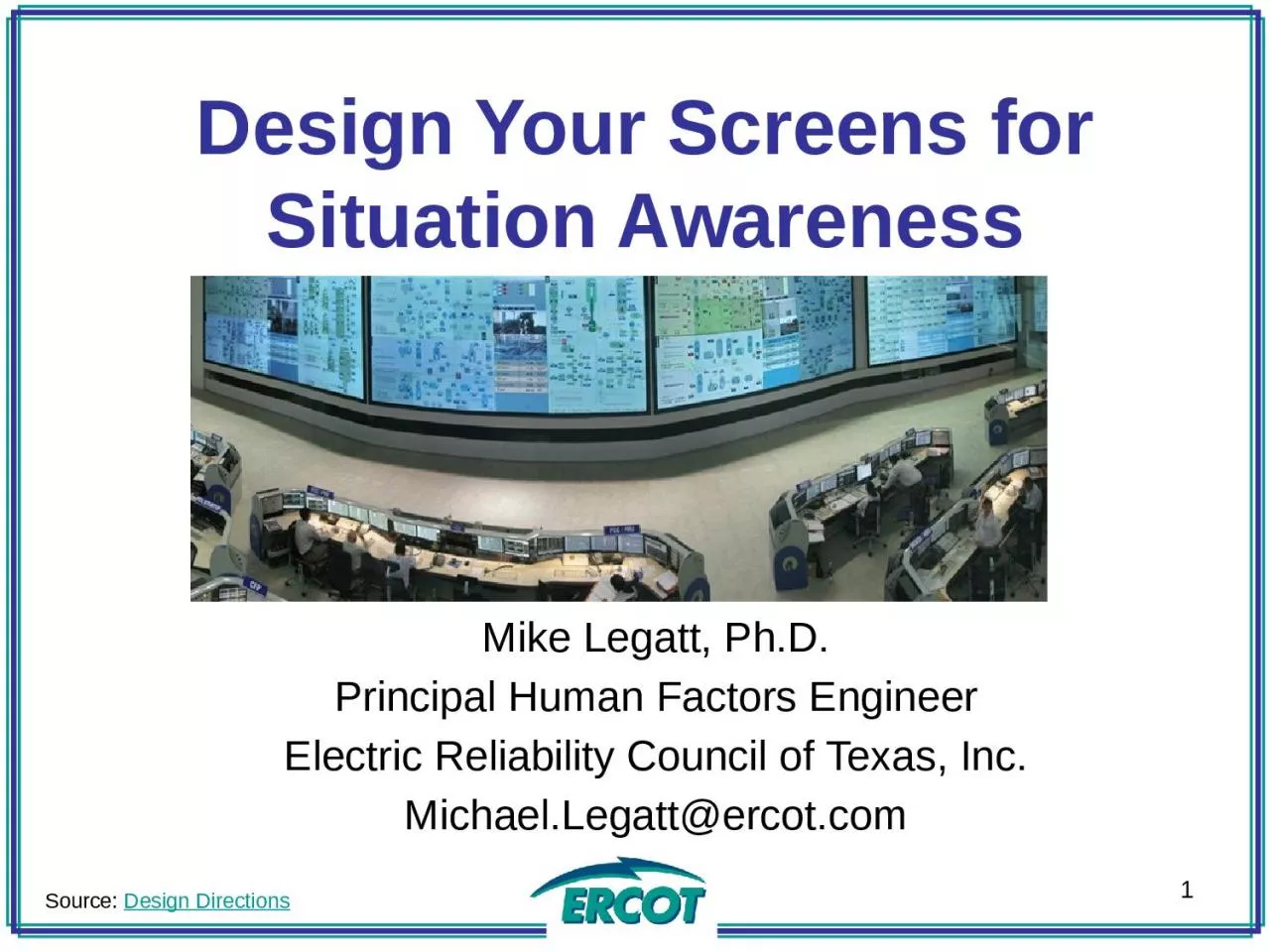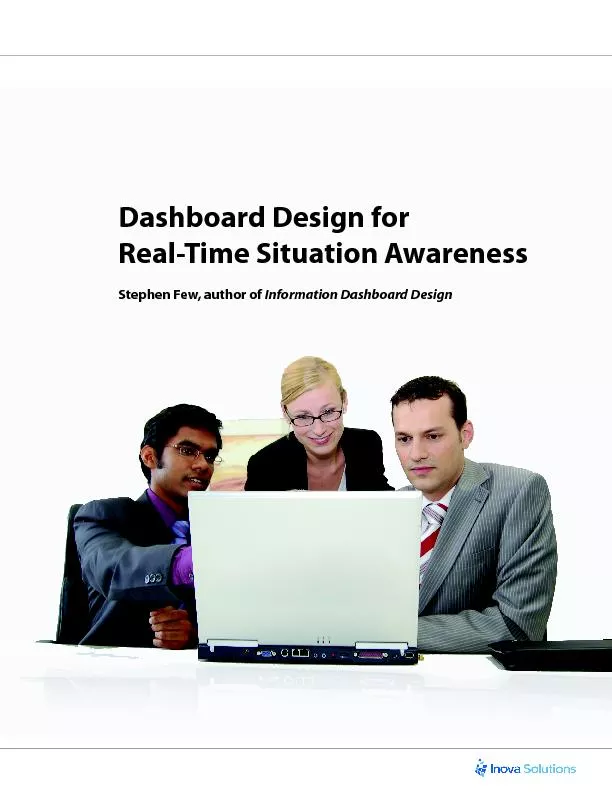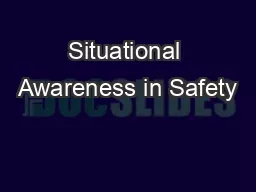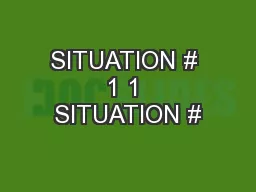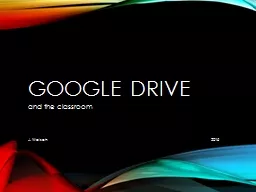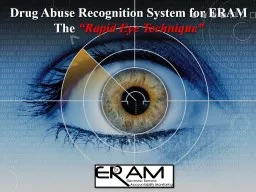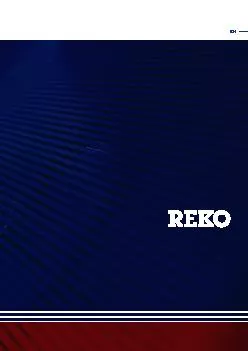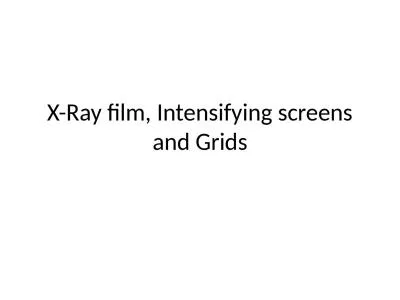PPT-Design Your Screens for Situation Awareness
Author : patricia | Published Date : 2024-02-03
Mike Legatt PhD Principal Human Factors Engineer Electric Reliability Council of Texas Inc MichaelLegattercotcom 1 Source Design Directions Introduction This
Presentation Embed Code
Download Presentation
Download Presentation The PPT/PDF document "Design Your Screens for Situation Awaren..." is the property of its rightful owner. Permission is granted to download and print the materials on this website for personal, non-commercial use only, and to display it on your personal computer provided you do not modify the materials and that you retain all copyright notices contained in the materials. By downloading content from our website, you accept the terms of this agreement.
Design Your Screens for Situation Awareness: Transcript
Download Rules Of Document
"Design Your Screens for Situation Awareness"The content belongs to its owner. You may download and print it for personal use, without modification, and keep all copyright notices. By downloading, you agree to these terms.
Related Documents

